Animal bridges or wildlife crossing are routes for animals to avoid being killed by cars, trains, and even boats. This is anything that acts as viaducts, culverts, green roofs, amphibian tunnels, fish ladders, tunnels, and bridges.
As the human population has ballooned to over 7 billion people, our world has increasingly conflicted with nature. Nowhere is this more true than on our roads.
Conservationists and architects have come together to find solutions. The most common are animal bridges. These impressive wildlife crossings are saving animal and human lives around the world.
The problem beyond killing animals.
The growth of infrastructure over the last century has increasingly fragmented entire ecosystems. Highways cut animals off from resources and potential mates.
This leaves animals with the choice of making dangerous crossings that often kill them or staying put. If they remain, they may never find a mate or starve.
If we want to reverse the mass extinction earth is currently going through, innovative solutions like animal bridges will become more common.
Where are animal bridges being built?
Does it surprise you that animal bridges are pretty old? They’ve been popping up in Europe for decades. France constructed the first wildlife bridge in the 1950s.
The Netherlands boasts 600 wildlife crossings alone, protecting its large badger, boar, and deer population. This includes the Natuurbrug Zanderij Crailoo, which is the largest in the world. It crosses a river, rail line, business park, and sports complex.
Canada and the United States have begun catching up over the last 30 years. Construction couldn’t come too soon. On average, animal-vehicle collisions cost Americans close to $8 billion per year, not to mention those who die.
How do wildlife crossings work
Animal bridges and crossings are designed for animals to bypass roads and other dangerous obstacles. Engineers try to make the bridges inexpensive, as the world needs a lot of them! They also need to be natural enough so that animals will use them.
There are many approaches to make this happen. Engineers strategically install fences to direct animals to the crossing. Anything that can make animals use the crossing is essential. For things to work, these animals need to teach their offspring to use them. If the progeny learn, this will eventually become the main route through the region.
Optimizing routes takes a lot of work. It sometimes takes years of studying migration patterns, even to decide where to build new crossings. Tools like motion-detecting cameras are used to make these decisions.
The many ways to create animal bridges
When you think of animal crossings, the first thing that comes to mind is bridges. They come in many forms. Crossings under roads are very common. Colorado completed an underpass in 2016 used by deer, coyotes, raccoons, and other small animals.
Underpasses in Africa are helping to unite elephant herds separated by infrastructure. Corridors like these could be extremely useful in India, where elephants and humans are coming into conflict.
Aquatic corridors are now linking waterways separated by roads. They’ve been building the Snoqualmie Pass East to reconnect fish like trout to lost habitats in Washington.
The ‘Nutty Narrows Bridge is another innovative solution. It’s a rope bridge crossing a busy road specifically designed for squirrels. Another creative crossing is on Christmas Island in Australia. This bridge allows 50 million red crabs to follow their traditional migratory route.
Animal bridges are an important move towards fixing the damage modernization has done to the natural world. Habitats will only get more fragmented in the future. By connecting them and through other innovative solutions, humans can help heal the world.
Wildlife bridges from around the world
Look at some of the world’s most amazing and innovative crossings.
Flathead Indian Reservation, Montana, USA
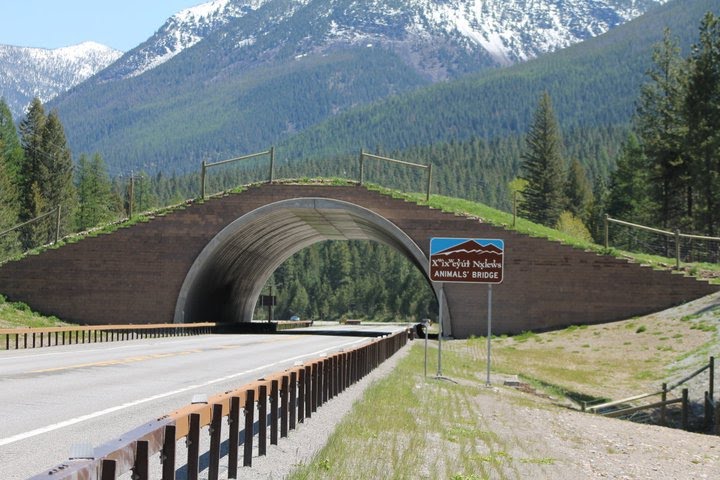
This animal bridge is in Western Montana near the Flathead River. This area is a wildlife reservation that covers close to 2,000 square miles. This bridge is critical for the hundreds of mammals and birds that live in the area.
The Nutty Bridge in Longview, WA
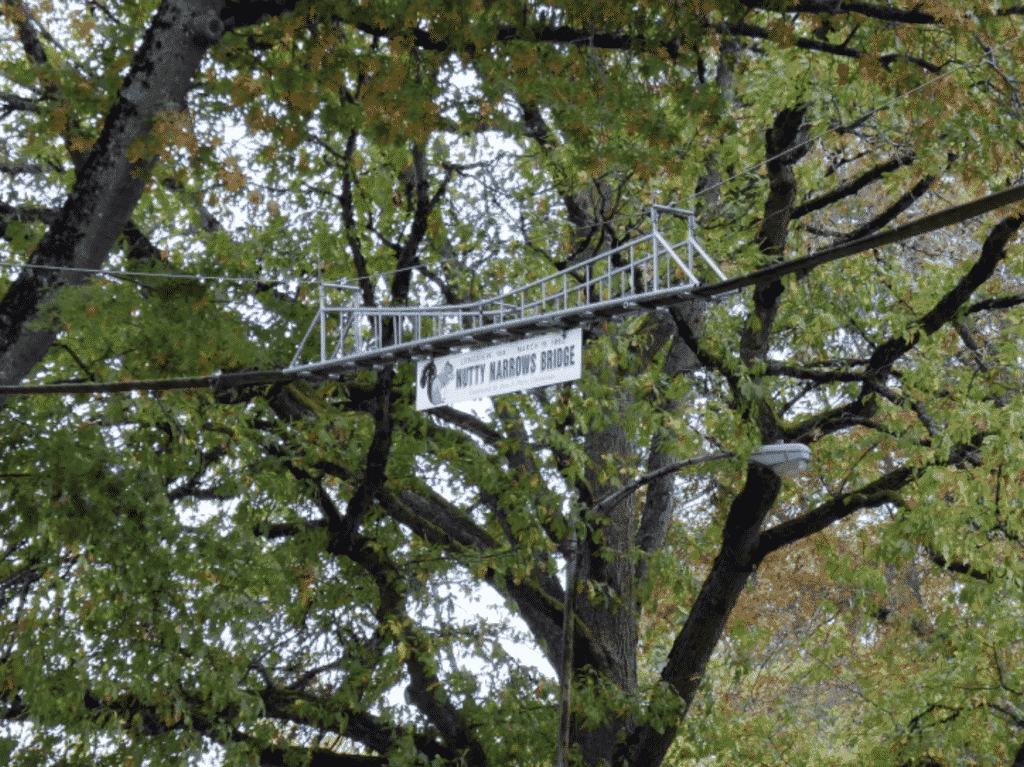
As we mentioned, crossings come in all shapes. Amos Peters built the Nutty Narrows Bridge in 1963 to keep squirrels safe from traffic. There are now many squirrel bridges all over Longview, WA.
A556 Green Bridge in the United Kingdom
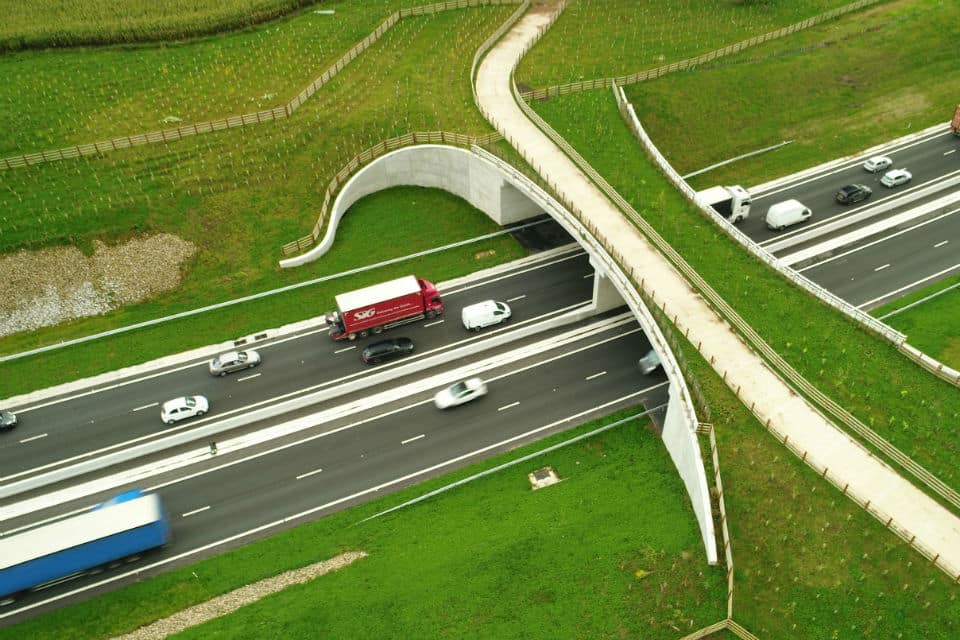
Overpasses built for wildlife are known as “green bridges” in England. This bridge was built as part of an effort to make the A556 the most environmentally friendly highway in England.
Toad Tunnel in Powys, UK
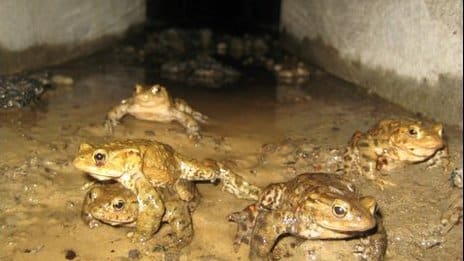
The UK isn’t just building large projects. In Powys, they have installed toad tunnels to allow small animals to safely cross the road.
Banff National Park in Alberta, Canada
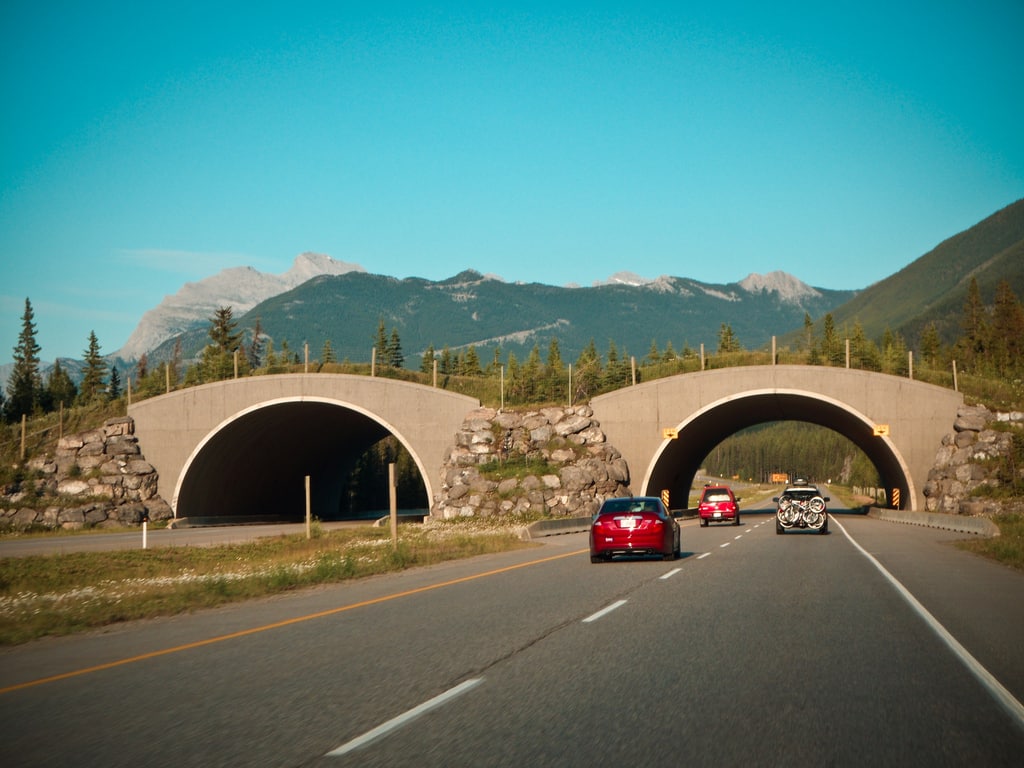
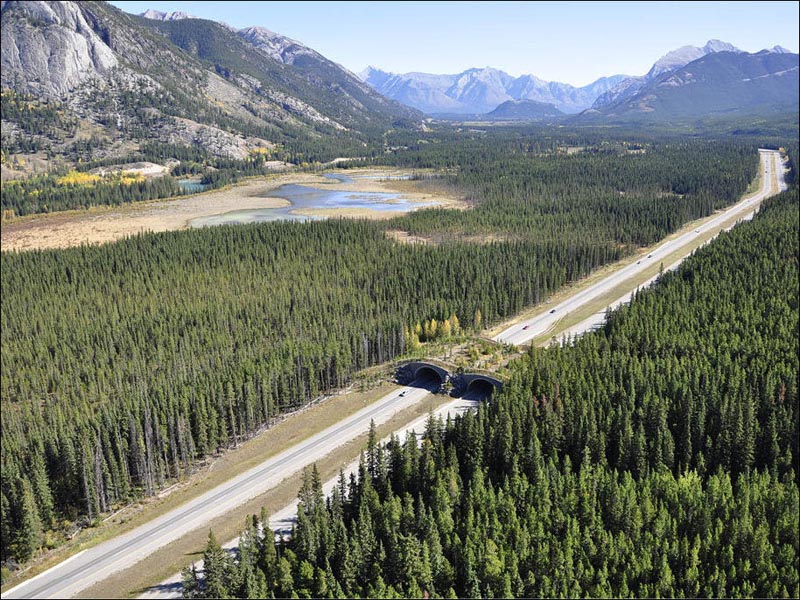
Finnish Wildlife Crossing
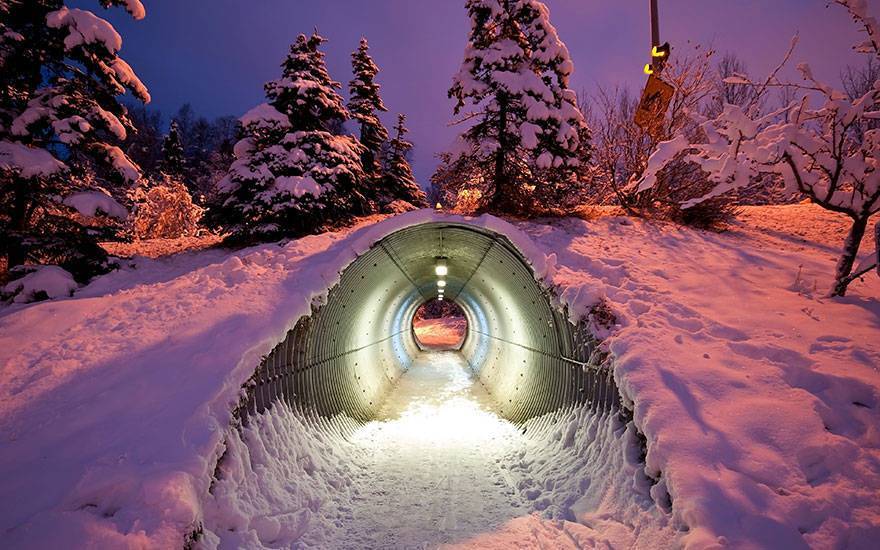
B38 – Birkenau, Germany
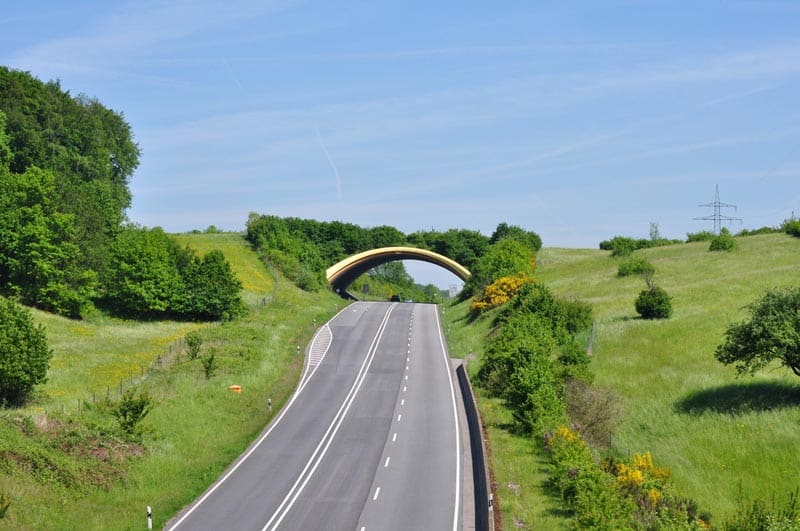
Highway A50 in the Netherlands
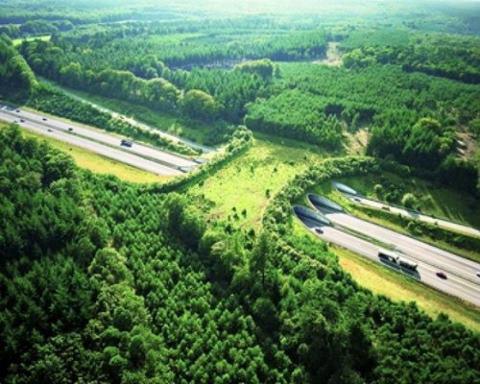
B38 in Birkenau, Germany

Crab bridge on Christmas Island
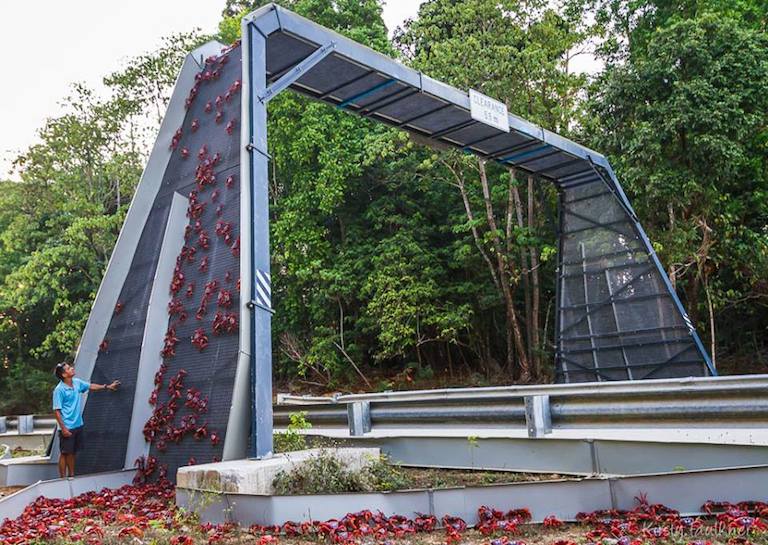
Compton Road in Queensland, Australia
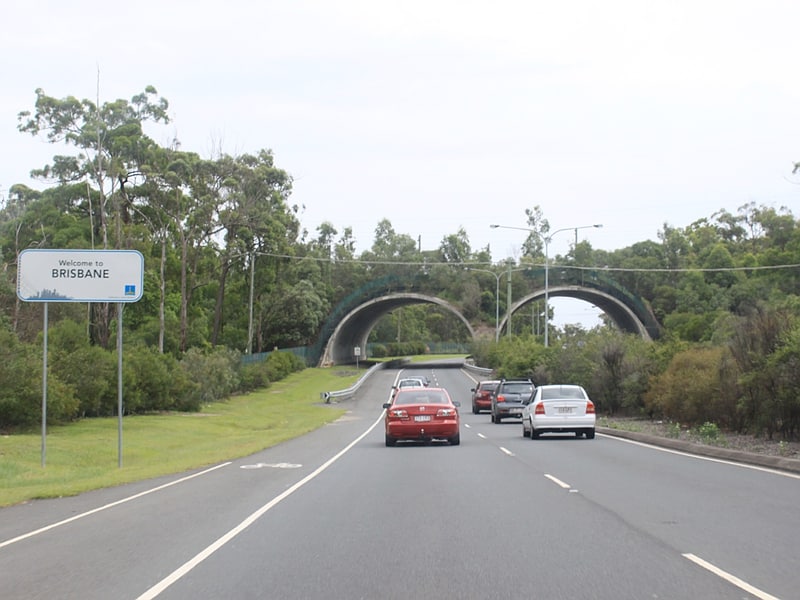
“Ecoduct de Borkeld A1” in Rijssen, Netherlands
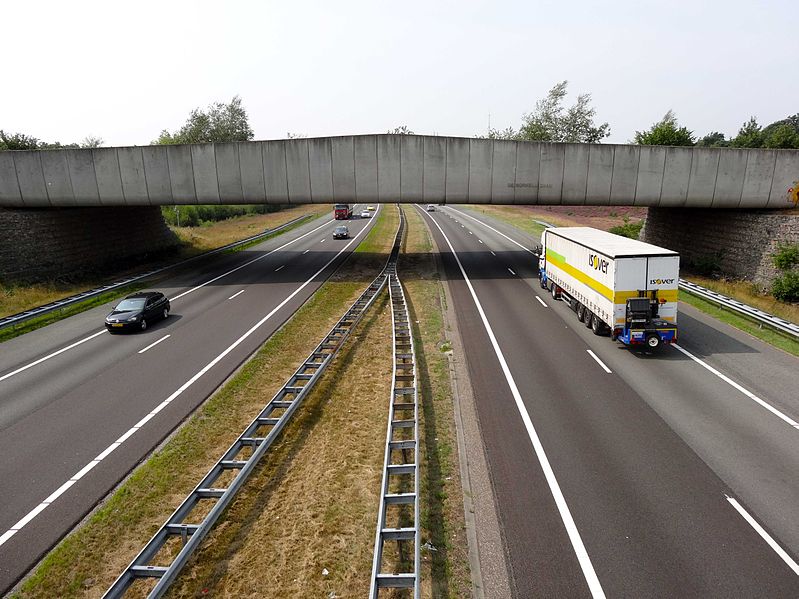
Keechelus Lake, Washington, USA
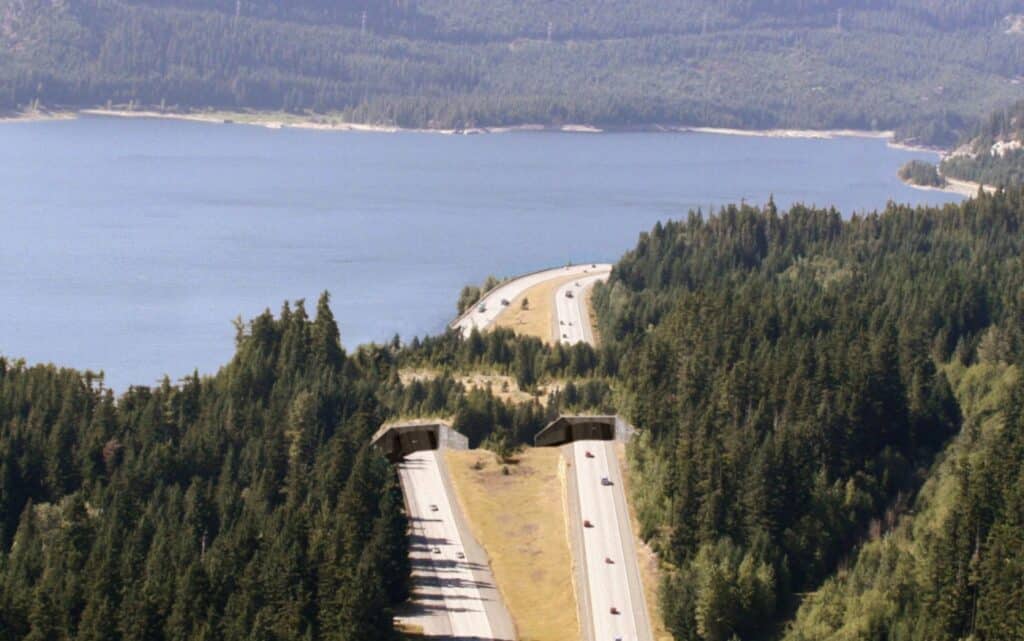
“Turtle Tunnel” in Japan
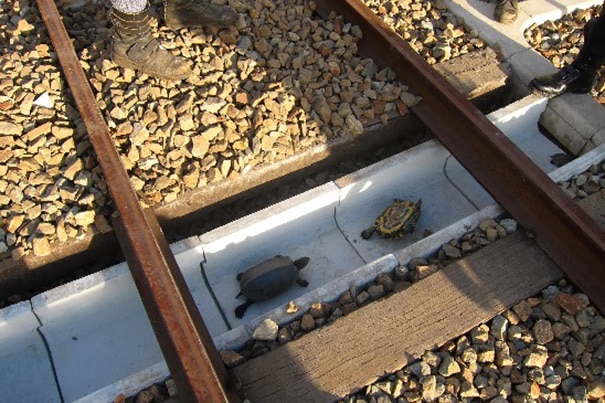
Rope bridge in Victoria, Australia
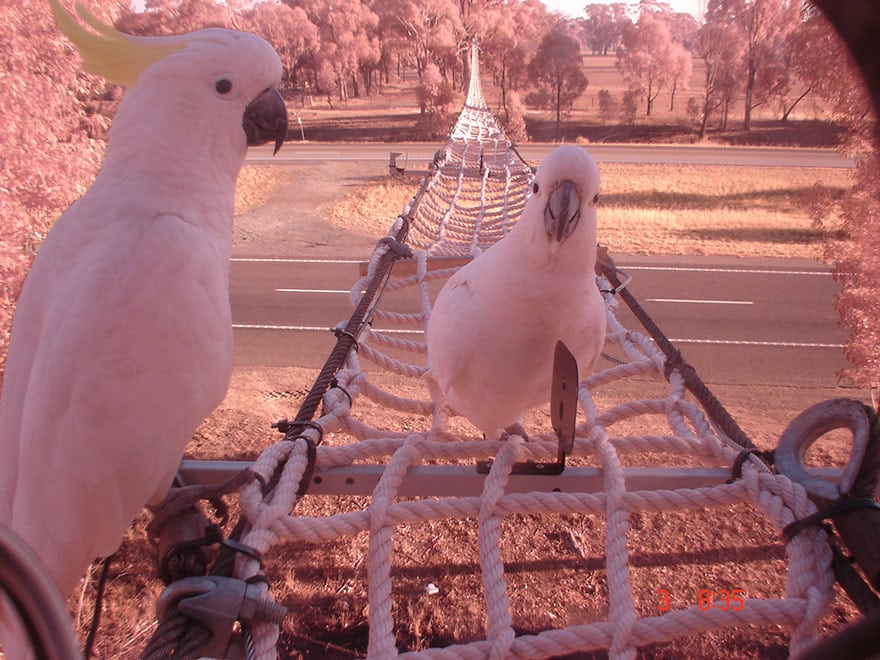
Kenyan elephant underpasses
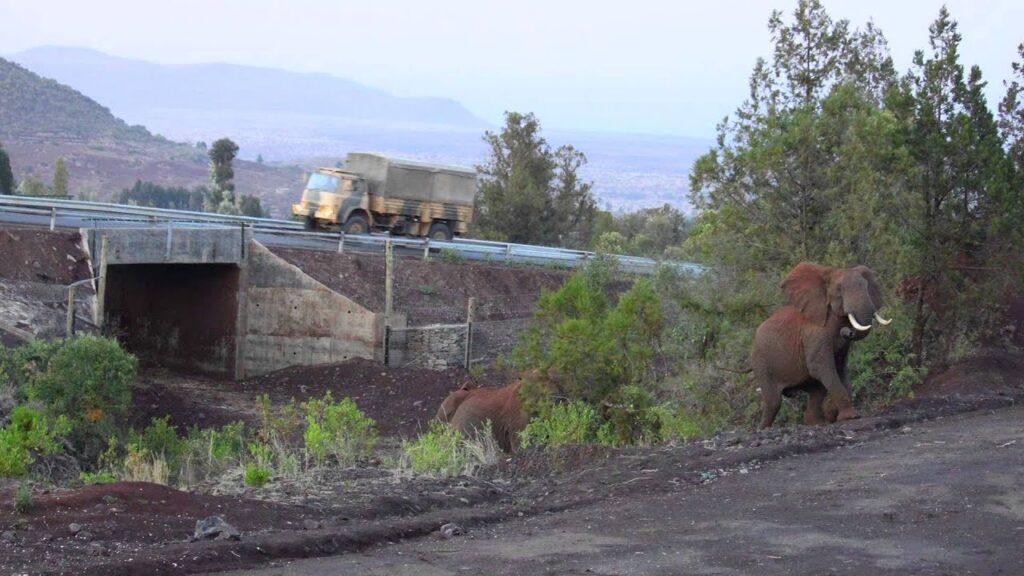
Underpass on the Flathead Indian Reservation
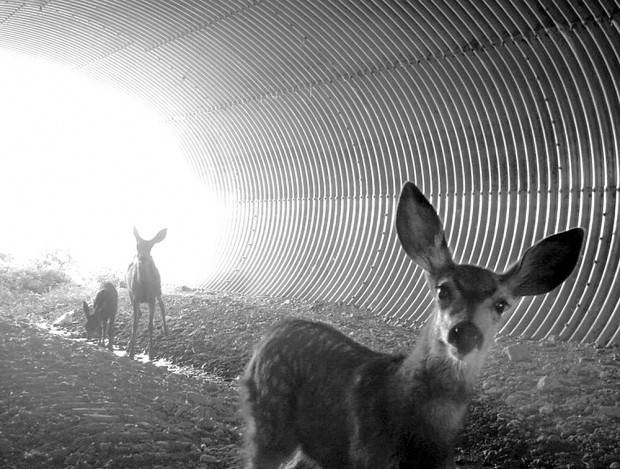
- Tulip Mania – The Story of One of History’s Worst Financial Bubbles - May 15, 2022
- The True Story of Rapunzel - February 22, 2022
- The Blue Fugates: A Kentucky Family Born with Blue Skin - August 17, 2021